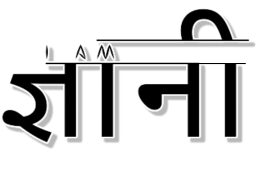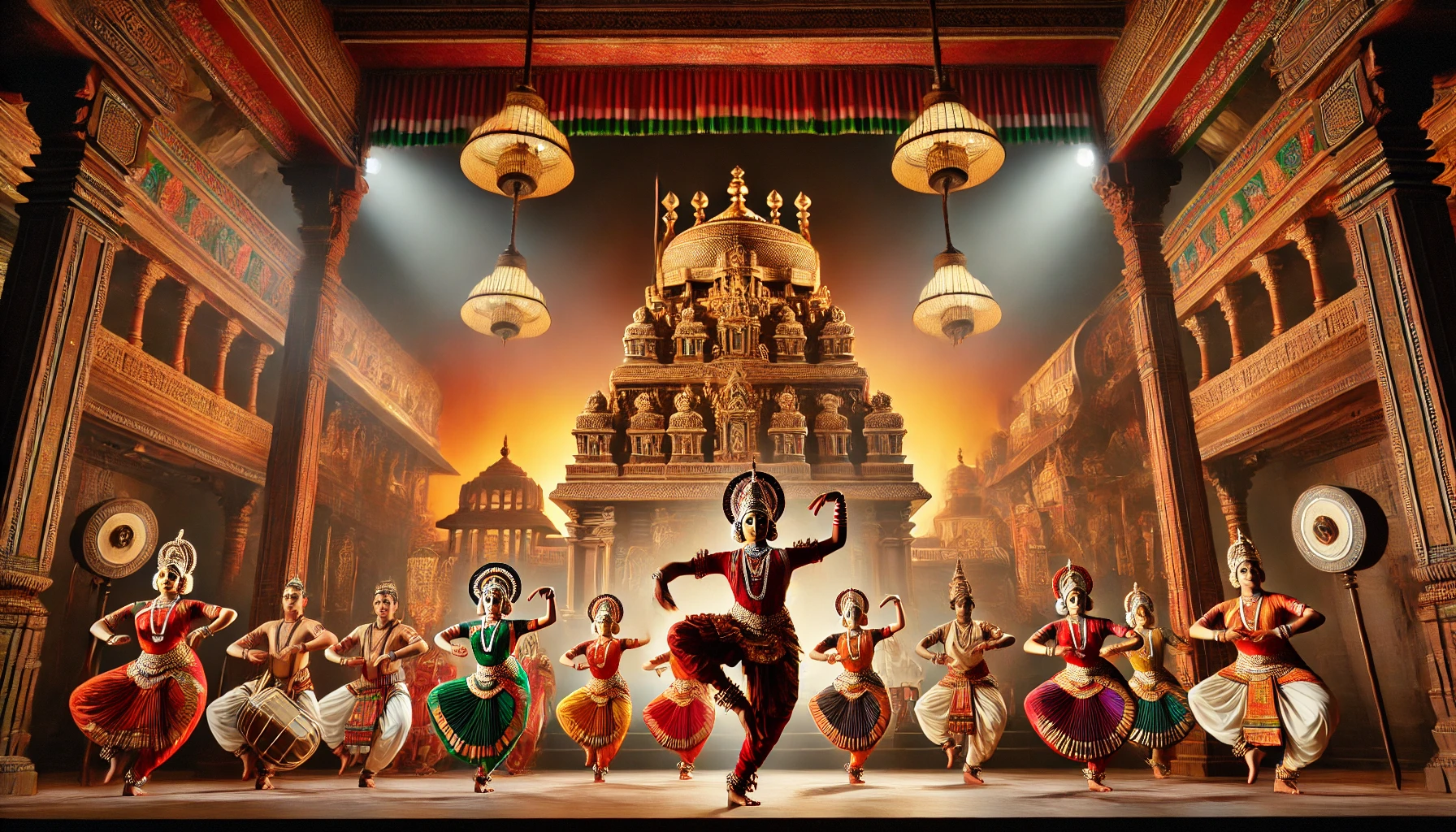Indian Classical Dance Forms
India is home to a rich tradition of classical dance, deeply rooted in its culture and history. These dance forms are not just artistic expressions but also reflections of India’s spiritual and social ethos.
1. Bharatanatyam
Bharatanatyam originated in Tamil Nadu. It is known for its intricate footwork, graceful movements, and expressions (abhinaya). Dancers often narrate stories from Hindu epics using precise gestures (mudras) and facial expressions.
2. Kathak
Kathak emerged in North India. It features rhythmic footwork, fast spins, and storytelling through expressions. The dance form developed in royal courts and draws heavily from Persian and Mughal influences.
3. Kathakali
Kathakali is a dramatic dance form from Kerala. It combines elaborate costumes, vivid makeup, and expressive movements. Performers portray characters from Indian mythology, especially the Mahabharata and Ramayana.
4. Manipuri
Manipuri, from Manipur, focuses on smooth and flowing movements. The dance often depicts themes from Krishna’s life. Its graceful movements and lack of exaggerated gestures set it apart from other forms.
5. Odissi
Odissi hails from Odisha. It is characterized by its fluid movements and sculpturesque poses, inspired by temple carvings. This dance form is deeply devotional, often performed in temples.
6. Kuchipudi
Kuchipudi, from Andhra Pradesh, blends dance and drama. Performers narrate stories, combining rhythmic footwork with dialogues. Traditionally, only men performed this art form, but women now equally excel in it.
7. Mohiniyattam
Mohiniyattam, from Kerala, is known for its elegant and feminine movements. Its performances center on love and devotion, often praising Lord Vishnu or Shiva.
8.Sattriya
Sattriya, one of India’s classical dance forms, originates from Assam. Vaishnavite saint Srimanta Sankardev introduced in 15th century as a medium to spread devotional messages and narrate mythological stories.
Transition and Modern Influence
While rooted in tradition, these classical dances have evolved. Today, they are performed on global stages, promoting Indian culture worldwide. Additionally, they continue to inspire contemporary dance forms, keeping the heritage alive.
Conclusion
Indian classical dance forms, each unique in style and origin, showcase the nation’s diversity. Their rich storytelling, intricate movements, and deep spirituality make them timeless treasures.

